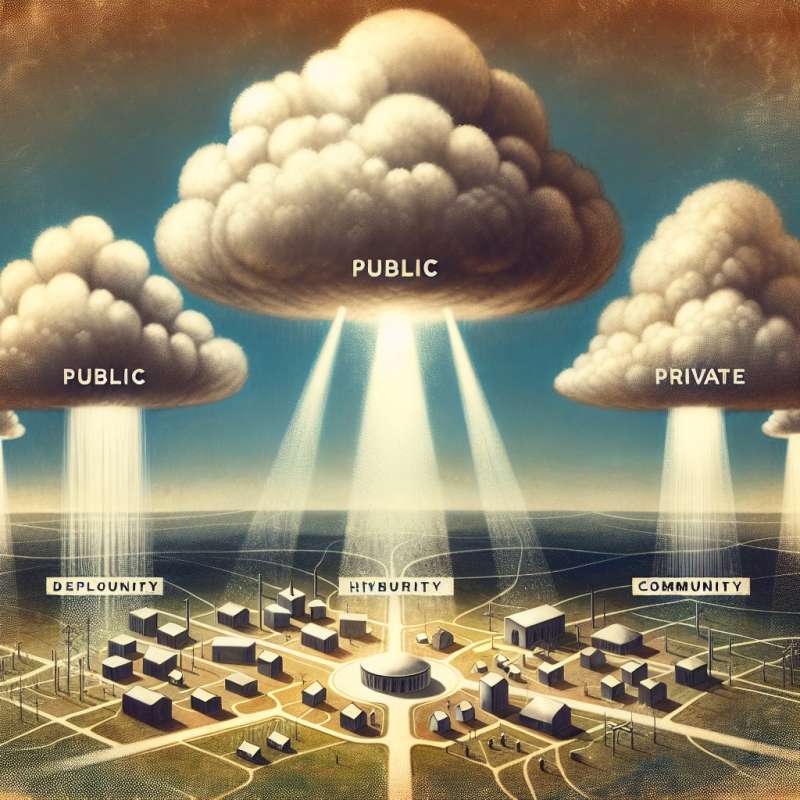
Defining Cloud Computing
Cloud computing enables on-demand access to computing resources over the internet. It's a paradigm shift from traditional local or personal storage and computing power to a network-based service model.
Cloud Service Models
There are three primary service models: Infrastructure as a Service (IaaS), Platform as a Service (PaaS), and Software as a Service (SaaS). Each model provides different levels of control, flexibility, and management.
Cloud Deployment Types
Clouds can be public, private, hybrid, or community-based. Public clouds are owned by service providers, while private clouds are exclusively used by one organization. Hybrid clouds blend both, and community clouds serve specific groups.
Cloud Scalability
Cloud computing offers scalable resources through horizontal scaling (adding more machines) or vertical scaling (adding power to existing machines), optimizing performance and accommodating fluctuating workloads.
Economic Impact
Adopting cloud services can significantly reduce capital expenditure by shifting to operational expenditure. This pay-as-you-go model provides cost efficiency and allows businesses to only pay for what they use.
Cloud and Innovation
Cloud computing is a catalyst for innovation. It accelerates development cycles, enables data analytics at scale, and fosters collaboration across global teams, transforming how businesses create and deliver products.
Security Considerations
While cloud providers implement robust security measures, customers must understand their shared responsibility in securing cloud data. This includes access controls, encryption, and understanding the provider's compliance with industry standards.
What does cloud computing fundamentally enable?
Local storage enhancement
On-demand internet resources
Personal computing shift
Company